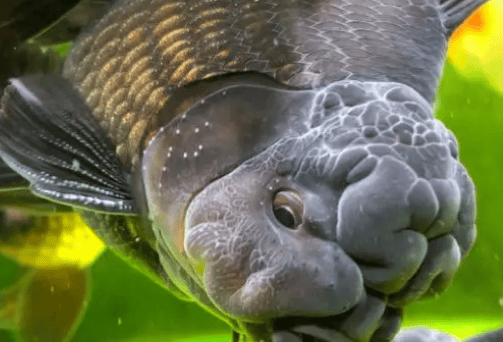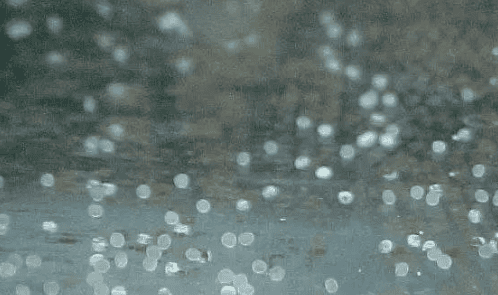Spring is here, and goldfish have ushered in the spawning season. For goldfish keepers, this is undoubtedly an exciting thing because it means the birth of new life. However, for amateurs who are not involved in breeding, this can become a rather troublesome matter. However, this challenge can be easily overcome as long as it is detected in time and dealt with appropriately.

When the temperature climbs above 16 degrees Celsius, goldfish gradually enter the spawning stage. During this process, the behavior and physical signs of goldfish often show a series of abnormalities, which require careful observation and close attention by the breeder. Under normal circumstances, a stable water temperature of around 20 degrees is the most suitable condition for goldfish to spawn. Not only in spring, but also in autumn, as long as the water temperature and environment are similar, goldfish will also usher in the spawning period.
Before spawning, goldfish will have some unique signs. Breeders can accurately judge whether goldfish are about to enter the spawning period based on these signs. For example, a goldfish may become more active, swim more frequently, or become more colorful.
In seasons when the water temperature is suitable, the peak spawning time of goldfish is mainly from 4-5 o'clock to around 10 o'clock in the morning. However, sometimes, mature goldfish will lay eggs after being replaced with new water at 5-6 o'clock in the afternoon. It is worth noting that a small number of goldfish will spawn at night.
As for the number of eggs laid, it varies depending on the physique and health status of the goldfish. A strong goldfish can lay thousands of eggs at a time. Goldfish can usually lay eggs 3 to 4 times during a breeding season.
When the star-chasing phenomenon of a male fish becomes obvious: when obvious white spots appear on the body, especially on the fins and gills, if you gently squeeze its abdomen, you can observe the flow of white semen. This is This is a clear signal: the male fish is ready to breed. Once a female fish enters estrus, it can join the breeding ranks at any time.

For the female fish, if her abdomen appears full and soft to the touch, it also means that she is in the best condition and she only needs to wait for the right time to lay eggs smoothly.
During the annual breeding season, male goldfish often exhibit the behavior of chasing female fish. At first, this chasing may only happen occasionally, but over time, the frequency of chasing will gradually increase and become more frequent. This is a way for the male fish to show his willingness to court the female fish.
Female fish in estrus can often be observed swimming rapidly and scurrying in a short period of time, and even occasionally jumping out of the water. When feeding, female fish sometimes butt each other with their heads, showing a special interaction. In addition, female fish with a strong sexual desire will even chase those with a relatively weak sexual desire.
As the abdomen of female fish gradually becomes larger and softer, their anuses will appear subtly red, and the feces they excrete will be smaller than usual. In terms of appetite, the female fish may show a decrease in appetite and often swim around the edge of the breeding tank, as if looking for a suitable place to lay eggs. Sometimes when catching female fish, eggs may even be found leaking from the body. These are obvious signs that the female fish eggs are fully mature and are about to enter the delivery stage.
Male fish in estrus can often be seen chasing each other, chasing each other, and even hitting their peers with relatively weak sexual desire with their heads and snouts. These are obvious signs that the male fish's gonads have matured. When the male and female fish are not kept separately, after the old water at the bottom of the tank is replaced every morning or evening and fresh water is added, the male fish will become more active and they will spare no effort to chase the female fish for a longer period of time. long, and will hit the abdomen, fins or anus of the female fish with its head and snout. Sometimes, there may even be several male fish chasing one female fish at the same time. These behaviors indicate that the broodstock is about to spawn.
For those aquarists who do not plan to breed, there are some measures that can be taken to prevent broodstock from spawning. For example, you can use a washbasin, put the fish in the water from the original tank, and then gently push the fish's abdomen with your hands to squeeze out the fish roe or fish white (sperm).
However, the most thorough way to prevent spawning is to keep male and female fish separately during the breeding season, but only if you have two breeding tanks. Doing so can effectively avoid unnecessary breeding behaviors and allow aquarists to better manage and control their own fish tank environment.

 扫一扫微信交流
扫一扫微信交流
发布评论